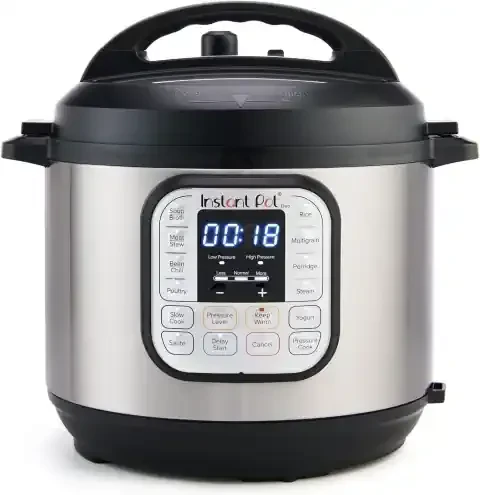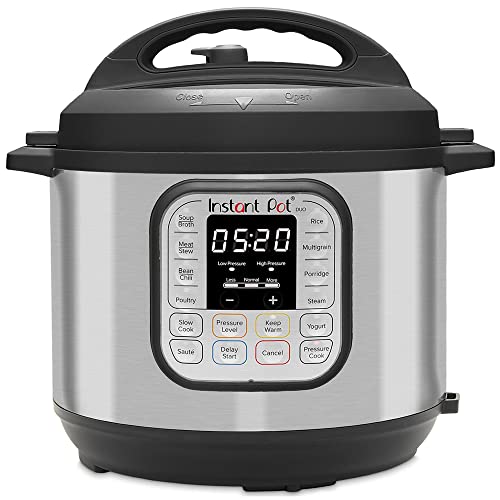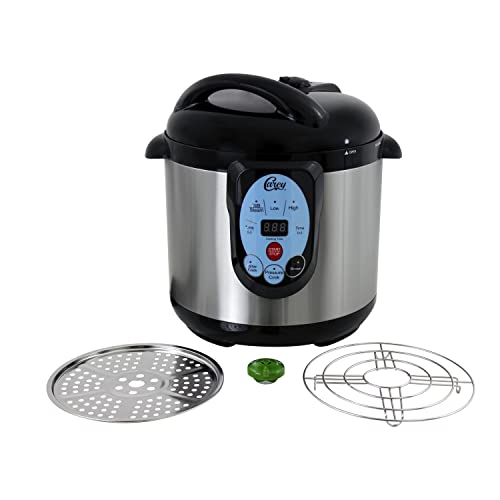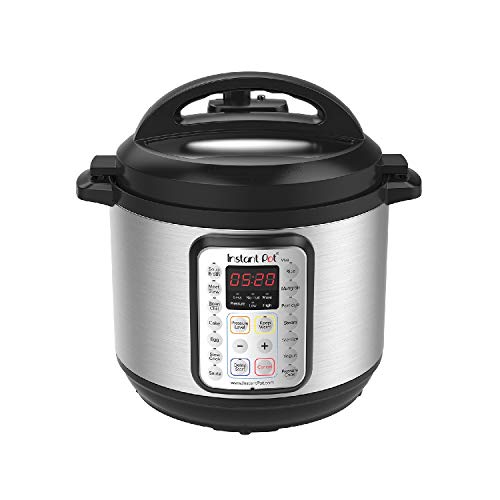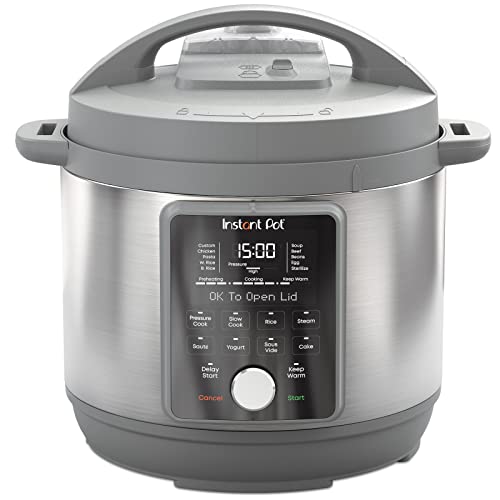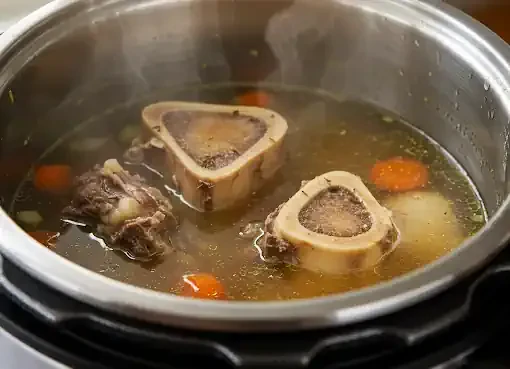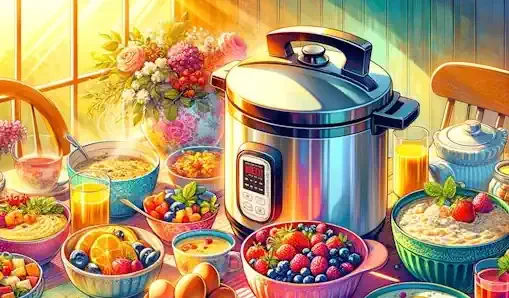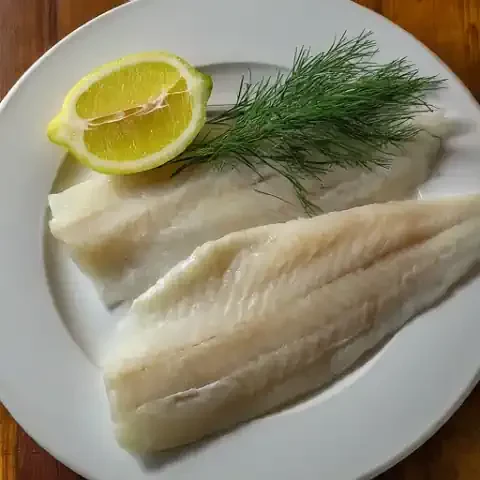Pressure cookers and canners play a harmonious duet, each instrument vital for a specific culinary purpose. This article explores the unique roles of pressure cookers and canners, their efficiency in the kitchen, and the safety features that make them indispensable to modern cooking and food preservation.
The Rise of Pressure Cookers: A Cooking Revolution
The pressure cooker, initially patented in the 17th century, has evolved into a crucial kitchen tool. By trapping steam, it increases the internal pressure and temperature, leading to significantly faster cooking times. Modern pressure cookers come in various sizes and materials, like stainless steel and aluminum, and are equipped with safety features like pressure gauges and locking lids.
Canners: Preserving the Bounty
Canners, while similar in design to pressure cookers, serve a different purpose - preserving food. They use high heat to kill microorganisms and seal jars, making them essential for long-term storage of fruits, vegetables, meats, and more. Home canning has seen a resurgence, with canners becoming a staple in health-conscious and sustainable households.
Efficiency and Nutrition: Cooking with a Pressure Cooker
Pressure cookers are not just about speed; they also promote healthier cooking. By cooking faster, they preserve more nutrients and flavors in the food. They're ideal for legumes, grains, meats, and stews, making them a versatile tool for various culinary traditions.
Safety First: The Evolution of Safety Features
Early pressure cookers were notorious for their safety hazards, but modern versions have transformed this narrative. They now come with safety valves, locking lids that prevent opening under pressure, and pressure indicators, ensuring safe operation. Similarly, modern canners are designed with weighted gauges and vent ports for safe pressure management.
The Canning Process: A Step Towards Self-Sufficiency
Canning at home with a pressure canner involves placing food in jars, sealing them, and heating them to a temperature that destroys microorganisms. This process not only extends the shelf life of food but also reduces food waste, offering a path to a more sustainable lifestyle.
Choosing the Right Appliance
When selecting a pressure cooker or canner, consider size, material, and safety features. For pressure cookers, options range from stovetop to electric models. Canners are typically larger to accommodate multiple jars and often come with racks for easy jar placement.
Pressure Cookers in Diverse Cuisines
Pressure cookers are a global phenomenon, used in a myriad of cuisines. From Indian dals and rice dishes to American stews and soups, they adapt to various cooking styles, showcasing their versatility.
The Art of Home Canning
Home canning is both an art and a science. It involves understanding the acidity levels of foods and the correct processing times for different types. This not only ensures safety but also guarantees the quality of the preserved food.
Maintenance: Ensuring Longevity
Proper maintenance of pressure cookers and canners is crucial. Regularly check for wear and tear, especially in gaskets and seals, and keep the pressure valves clean. Proper care extends the life of these appliances and ensures their safe operation.
Combining Tradition and Technology
While rooted in traditional cooking and preserving methods, modern pressure cookers and canners have embraced technology. Digital controls, programmable settings, and enhanced safety features make them more user-friendly and reliable than ever.
Embracing Modern Kitchen Solutions
Pressure cookers and canners are more than just kitchen tools; they are symbols of efficiency, health, and self-reliance. Understanding their functions, safety features, and maintenance needs allows anyone to harness their full potential. Whether it's preparing a quick meal or preserving the season's harvest, these appliances offer a way to enhance our culinary experiences while embracing modern kitchen innovations.
Where time is precious and health is paramount, pressure cookers and canners stand out as essential allies. They represent a blend of speed, convenience, nutrition, and tradition, offering a window into a world where cooking and preserving are not just necessary chores but enjoyable and fulfilling endeavors.
